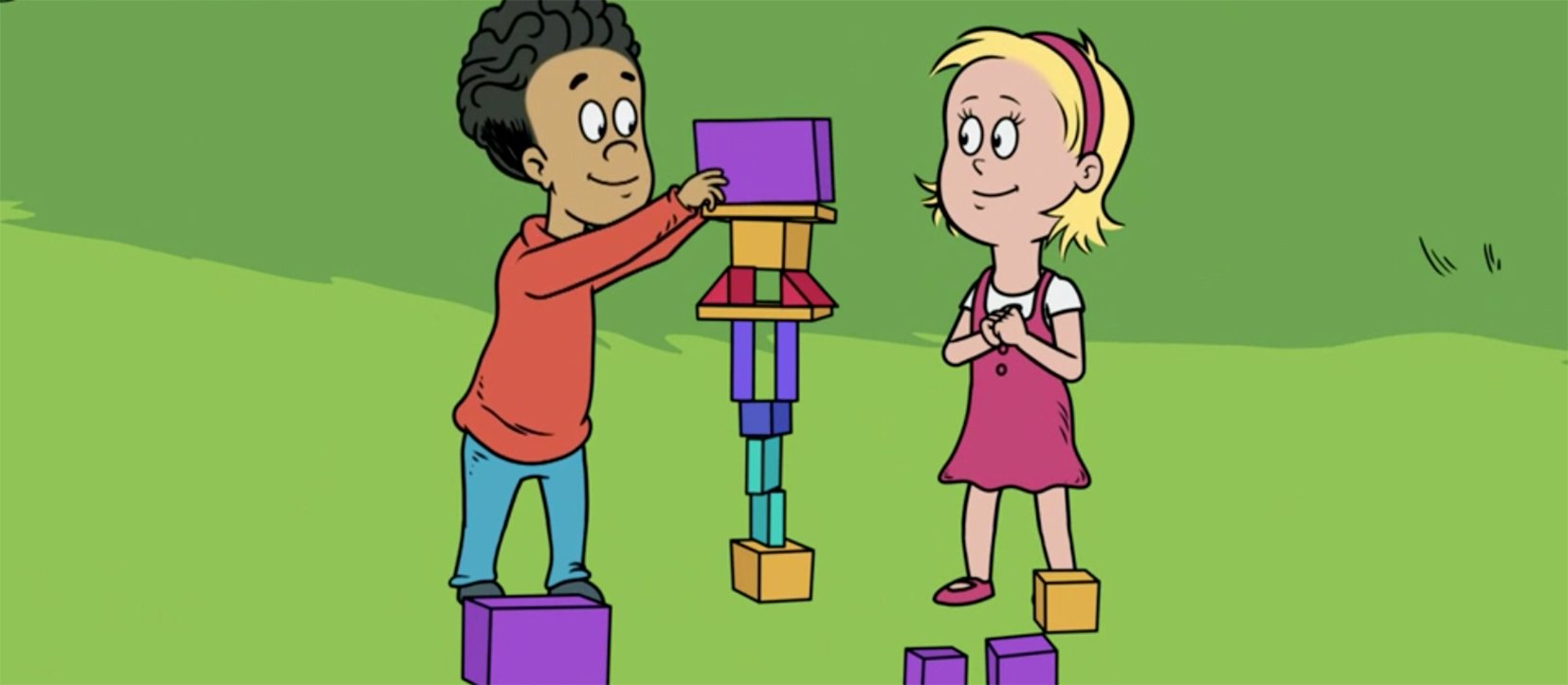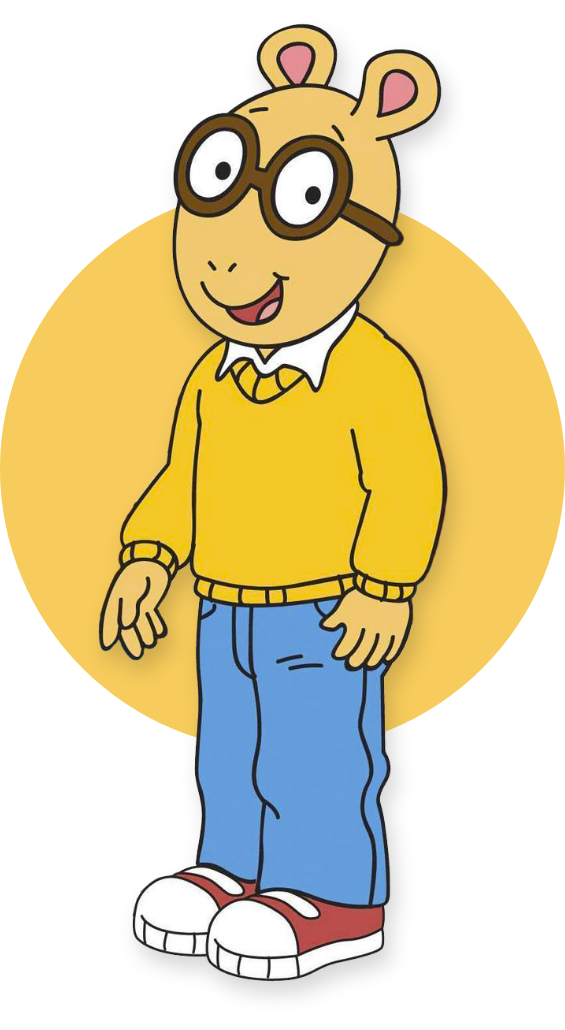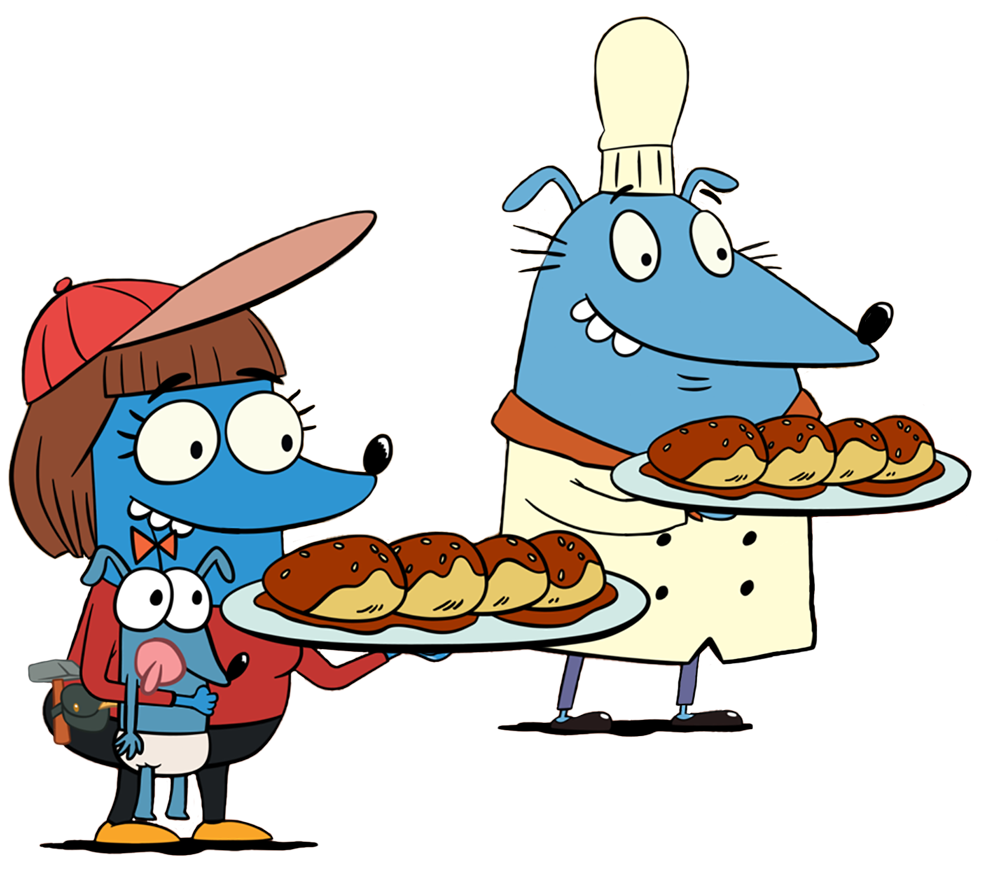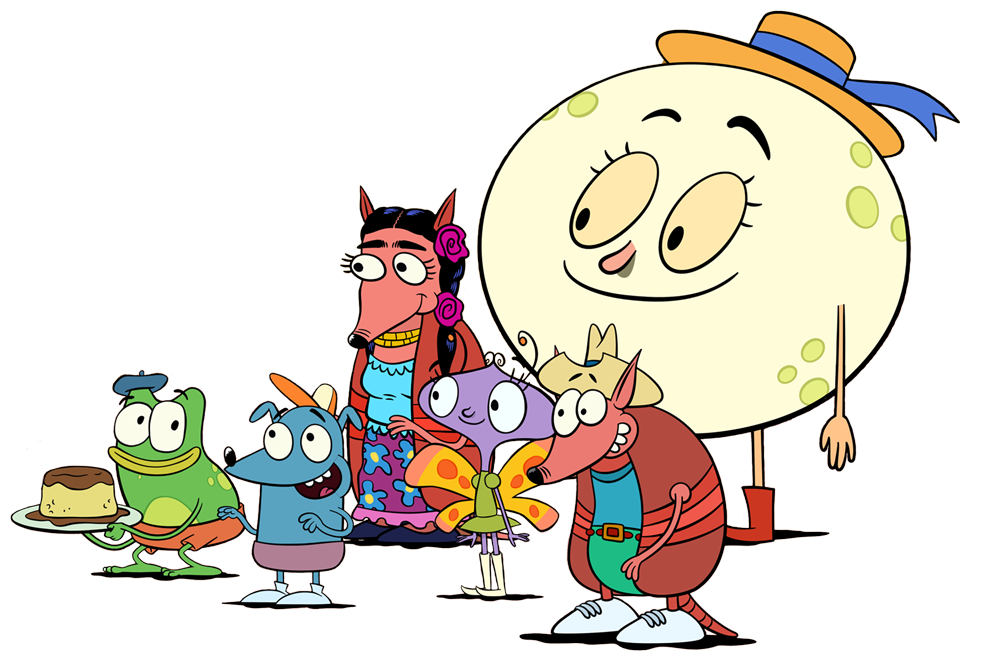Cut and Grow | Activities | WTTW Kids Learn & Play
This activity teaches students that mistakes are part of learning. By challenging them with the task of using safety scissors, students will be motivated to keep trying through encouraging songs and discussion.

Activity Prep
- Prepare two sets of paper for each group of four children. The first sheet of designs should be mostly straight, with long, thick lines. The second sheet of designs should be more difficult to cut, with curvy, short, or thin lines. (You can also include a set of plain cards for children to experiment with in case they finish with their cutouts.)
Activity
- Start the activity by handing out the thicker and straighter shapes for children to cut for ten minutes.
- When the ten minutes are almost up, tell the children that it is ok if they make mistakes.
- Play the “You’ve Gotta Make Mistakes” clip.
- Next, give the children curved and more narrow shapes and swirls to cut for ten minutes. Continually encourage them to keep trying, and remind them that they will get better and better the more that they try.
- Towards the end of the activity, tell the children that things can be difficult, but not to give up, because the tasks will get easier and they will learn to do new things.
- Play the “Don’t Give Up” clip.
Considerations/Modifications/Extension Activities
- For children that need extra help, use additional clips from Daniel Tiger’s Neighborhood as further examples after watching the clip. (See pbskids.org) The activity could also be done with bigger items, such as stuffed toys and laundry baskets.
- For more adventurous children, make the paper designs more complicated or teach children to fold and cut, creating symmetrical shapes.




